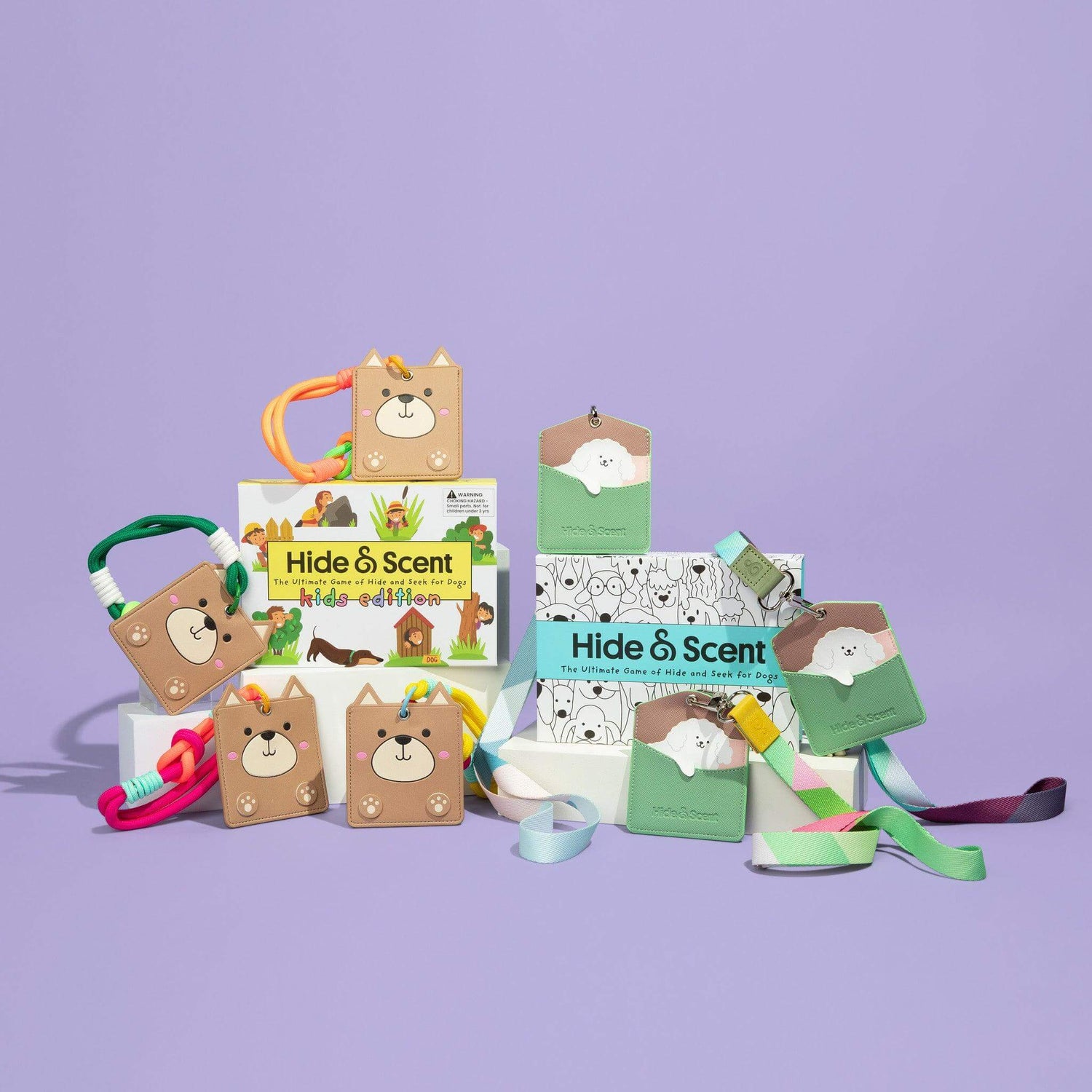
Dog Fear and Anxiety: How to Calm An Anxious Dog
Do you frequently witness your dog trembling, cowering, or displaying signs of anxiety? Just like humans, dogs can grapple with fear and anxiety for various reasons, underscoring the responsibility of pet owners to figure out the sources of their fear and anxiety and find solutions. In this article, we'll delve into the common origins of fear and anxiety in dogs and present practical tips on soothing your anxious dog.
Understanding Canine Anxiety: Recognizing the Signs
Foremost, it's essential to discern the telltale signs of anxiety in your dog. These signs can take various forms, including:
- Panting and Pacing: Excessive panting and restlessness often signal heightened anxiety.
- Trembling or Shaking: Dogs may exhibit trembling or shaking when they feel anxious or fearful.
- Destructive Behavior: Chewing on furniture, shoes, or other objects can serve as an outlet for their anxiety.
- Hiding or Seeking Comfort: Dogs may seek out a quiet retreat or come to you for solace when they are anxious.
- Excessive Barking or Whining: Anxiety may manifest as increased vocalization.
Common Origins of Canine Anxiety
Understanding what triggers your dog's anxiety is pivotal in helping them overcome it. Here are some prevalent triggers of anxiety in dogs:
- Separation Anxiety: Many dogs experience separation anxiety when their owners leave, leading to destructive behavior and excessive barking. Separation anxiety is a complex issue that requires professional guidance and support
- Loud Noises: Thunderstorms, fireworks, or even the clamor of loud construction noises can provoke anxiety in dogs.
- Social Anxiety in Dogs: Some dogs may exhibit unease or fear in social scenarios, particularly when interacting with other dogs or in unfamiliar environments. This anxiety often stems from a lack of or inadequate socialization during a dog's puppyhood. Fortunately, fearful responses in dogs can be alleviated through desensitization and positive reinforcement. Consulting with a professional dog trainer can provide invaluable assistance in devising a training plan to address this concern.
- Past Trauma: Dogs with a history of abuse or traumatic experiences may carry their anxiety with them.
Effective Strategies for Calming an Anxious Dog
Now that we've explored the causes and indications of anxiety in dogs, let's delve into practical tips for instilling serenity in your furry companion:
- Create a Safe Haven: Establish a serene, secure space where your dog can retreat when feeling anxious. This could be a cozy corner furnished with their bed and cherished toys.
- Positive Reinforcement: Employ positive reinforcement techniques to reward calm behavior. Treats, toys, and affection can significantly assist your dog in associating positive emotions with particular situations.
- Regular Physical and Mental Exercise: Consistent physical activity, such as daily walks and playtime, aids in reducing anxiety in dogs. A well-exercised dog is often a calmer one. Additionally, mental exercise, in the form of puzzle toys, interactive games, and training sessions, is essential to keep your dog's mind engaged and alleviate anxiety. Make sure to incorporate both physical and mental stimulation into their daily routine for a well-rounded approach to anxiety management.
- Desensitization: For specific anxiety triggers, like thunderstorms or fireworks, gradually expose your dog to these situations using recorded sounds at a low volume, progressively increasing it over time.
- Professional Assistance: For severe or persistent anxiety, consult with a veterinarian or a professional dog trainer. They can offer expert guidance and, when necessary, prescribe medications.
- Natural Remedies: Consider natural remedies, such as pheromone diffusers, CBD products, or herbal supplements, always after consulting with your veterinarian.
- Consistent Patience: Be patient and unwavering in your efforts to calm your anxious dog. Consistency is a fundamental element in helping them overcome their fears.
Every dog is unique, and what works for one may not work for another. Tailoring your approach to meet your dog's individual needs is essential. While caring for an anxious dog may present challenges, the bond you share with your furry friend makes it a worthwhile journey. With patience, affection, and the right strategies, you can help your anxious dog find the peace and security they need to lead a happy and fulfilling life.
Before You Go...!
You might find these other articles helpful












